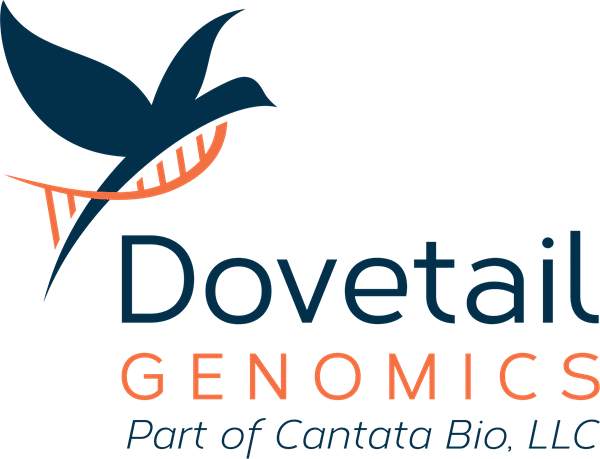Menu
Menu
So you are interested in bringing Hi-C into your lab! What is involved in getting the assay up and running? This is the first in a series of blogs that explain how to run and assess Hi-C, and more specifically Dovetail® Omni-C® and Micro-C, data quality before you dive into downstream analysis and interpretation to extract biologically meaningful insights.
In this first blog, we will review the kit assay workflow specifically focusing on the requirements of the Dovetail Omni-C and Micro-C Kits. In the next blog, we will delve into the computational QC process enabling you to build confidence in the quality of the data generated.
The assay starts with cross-linking the chromatin in the experimental cells or tissues. The cross-linked chromatin is then digested. This is traditionally achieved using restriction enzymes, however, Dovetail™ Omni-C™ and Micro-C Kits use sequence independent DNase I and MNase endonucleases respectively to achieve uniform sequence coverage by eliminating any sequence bias in the assay. MNase provides an additional exonuclease activity adding an assay resolution benefit as fragments are trimmed to ~150bp, the length of DNA protected by the nucleosomes.
Proximity ligation reactions are next carried out whereby chromatin fragments colocalized in the 3D space ligate to each other and are biotin tagged. After the ligation step, the sample contains a mixture of self-ligated, re-ligated, un-ligated, and true (or valid) proximity ligated DNA molecules. Following cross-link reversal, associated proteins are degraded, and the biotinylated ligation products are enriched through a streptavidin bead pull-down. Finally, the enrichment products are subjected to NGS library preparation. The Dovetail™ Omni-C™ and Micro-C workflows do not require sonication prior to library preparation and all steps are achieved using standard molecular biology techniques simplifying the workflow.
The workflow seems straightforward but how do I know if it worked? As with any multi-step assay, it is useful to have analytical QC following critical steps of the workflow. Hi-C is no different. The chromatin digestion has the biggest influence on downstream processing; therefore, it is important to ensure this step is completed successfully. This can be easily achieved by monitoring the fragmentation pattern on a TapeStation, Fragment Analyzer or Bioanalyzer and with measurement of DNA yield after cell lysis. Provided these metrics lie within the expected window, you are ready to proceed with proximity ligation reactions, library preparation, and sequencing. Post-sequencing considerations will be the topic of the next blog.
 100 Enterprise Way
100 Enterprise Way